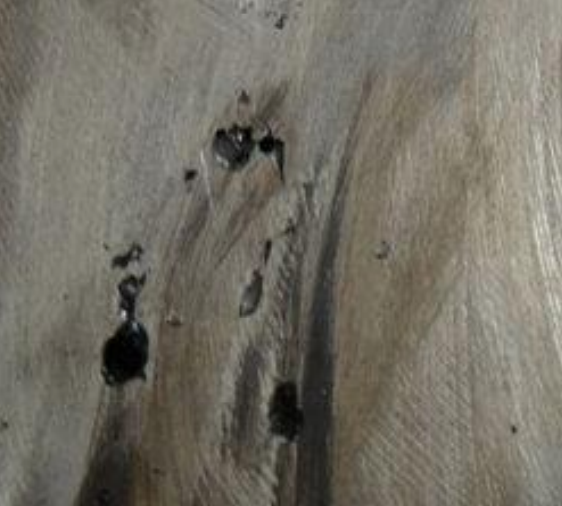Reduce Blisters by Proper Application of Die Casting Lubricants
- Hill and Griffith

- Aug 2, 2017
- 1 min read
NADCA EC-515 Die Casting Defects Course Review, Basics for controlling die casting defects - By Dr. Steve Midson
Blisters are another version of gas porosity, the gas just happens to be near the surface of the casting.
The trapped gas is under high pressure at the end of fill and the metal may shrink and squeeze it more.
When the casting is taken out of the die, and the die surface is no longer there to hold the casting shape, pressure from the trapped gas is able to push up a blister.

The same corrections used for gas porosity apply to blisters: Reduce trapped air, Reduce spray and plunger lubricant, Eliminate water on the die, Correct venting and vacuum problems.
Blisters should be eliminated by correcting the gas porosity problem.
However, you can:
Cool the die in the immediate area where the blisters occur
Cool the blister area with die spray
Cool the blister area by adjusting water lines
Cool the whole die by slowing the cycle time
Cool the casting immediately after ejection by quenching in water (this will keep the skin strong and resist blister formation)
Reduce metal temperature (but watch for other problems)
(Thanks to All About Metallurgy for posting this PDF. We'll cover other aspects of die casting defect control by the proper use of die casting lubricants from the course in upcoming blog posts)
(If you liked this article you might also like this post on, "Die Casting Defects")









Comments